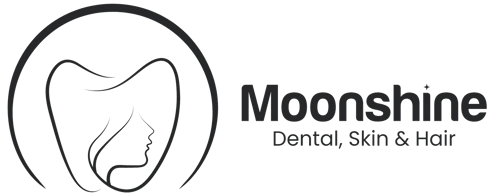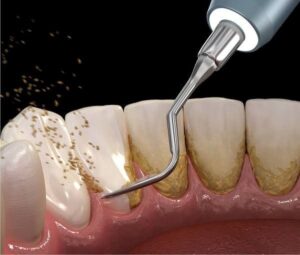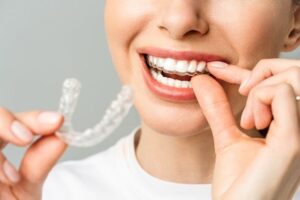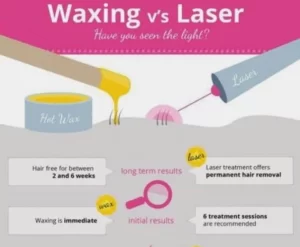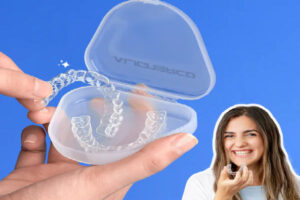
What if someone told you there was a way to straighten your teeth without enduring the discomfort of traditional metal braces? Sounds like a dream come true, doesn’t it? But what if we told you it’s already a reality? Yes, you heard that right, achieving a straighter and more confident smile no longer requires metal wires and brackets. Thanks to advancements in invisible braces technology, clear aligners have emerged as a discreet, comfortable, and highly effective alternative to traditional braces.
But have you ever wondered how something so simple-looking can create such dramatic results? What gives these nearly invisible trays the power to shift teeth into ideal positions without the pain and hassle of traditional braces? This blog explains how clear aligners work, the fascinating science behind them, the mechanism of tooth movement, and why this innovation is truly a game-changer for modern orthodontics.
What are Clear Aligners
Clear aligners are custom-made, removable trays crafted from medical-grade thermoplastic material. Designed to fit snugly over your teeth, they gradually guide them into the desired position using gentle, strategic pressure. Patients typically receive a series of aligners, each slightly different from the previous one, to move their teeth step-by-step toward alignment.
Clear aligners are practically invisible, making them especially appealing to teens and adults seeking a more discreet orthodontic solution. But beneath their subtle appearance lies a complex and well-researched scientific foundation.
Orthodontic Biomechanics in Clear Aligners
Orthodontic biomechanics is a critical component of understanding how clear aligners work.
Understanding Biomechanics
Orthodontic biomechanics is the study of how controlled forces move teeth within the jawbone. In orthodontics, this involves applying pressure to stimulate a biological response that leads to movement. While traditional braces achieve this with metal brackets and wires, clear aligners rely on custom-designed plastic trays to apply force.
Biomechanics in Clear Aligners
When a patient puts on a clear aligner, the tray doesn’t exactly match their current tooth alignment. This intentional mismatch applies gentle pressure on targeted teeth. Each new tray in the series continues this movement, guiding teeth step by step toward their ideal position. This controlled pressure leads to tooth movement through a biological process called bone remodeling, a topic we’ll explore in the next section.
A Harmonious Blend of Science and Technology
The success of clear aligners lies in the perfect blend of advanced planning and the natural biological process of tooth movement. By harnessing the principles of orthodontic biomechanics, aligners provide a modern, discreet, and comfortable alternative to traditional braces, making them a game-changer in modern orthodontics.
Understanding the Tooth Movement Mechanism
The biological response to orthodontic force is called bone remodeling. It’s the key to how teeth shift safely and gradually into new positions.
The Role of Bone Remodeling
Tooth movement happens when controlled force is applied over time, which stimulates a biological response in the surrounding tissues. Specifically, the periodontal ligament responds to pressure and tension.
- On the pressure side, the body activates osteoclasts, which are cells that break down bone tissue to make space for the moving tooth.
- On the tension side, osteoblasts build new bone to stabilize the tooth in its new position.
This continuous breakdown and rebuilding process is what allows teeth to shift gradually and safely while maintaining bone support.
How Clear Aligners Apply This Principle
Clear aligners use this process in a highly controlled way. Each aligner is digitally designed to move specific teeth by small increments, usually up to 0.25 mm at a time. Because they are replaced every 1–2 weeks, they deliver low-force pressure, which research shows to be biologically effective and often gentler than the continuous forces of traditional braces.
The Clear Aligner Treatment Process
Clear Aligner fabrication
The clear aligner treatment process consists of 4 steps. These actions are necessary to guarantee that every patient receives the proper treatment and full benefits of the clear aligner system.
Consultation
The first step is a consultation with a qualified dentist or orthodontist. They will assess your oral health, discuss your goals, and determine whether clear aligners are the right option for you.
Scanning
If aligners are suitable for your case, the next step involves digital scans or impressions to create a 3D image of your teeth. These help create your personalized treatment plan.
Treatment Plan
Based on the 3D scan, your orthodontist will map out a treatment plan showing how your teeth will shift over time. We at Moonshine Dental Skin and hair Clinic also offer a 3D treatment plan, so you can preview your future smile before treatment begins.
Aligner Fabrication
Your aligners will then be custom-fabricated to match your teeth. Each set must be worn for 20–22 hours per day, removed only for eating, brushing, and flossing. Regular check-ins help monitor your progress.
Aligner vs. Braces Effectiveness Compared
While both options are effective, clear aligners offer unparalleled convenience, especially for individuals with busy lifestyles or those seeking discreet treatment. Here is the detailed aligner vs. braces effectiveness comparison.
| Features | Clear Aligners | Traditional Braces |
| Appearance | Virtually invisible | Highly visible |
| Comfort | Smooth and Comfortable | Can cause irritation and sores |
| Removability | Removable | Fixed in place |
| Oral Hygiene | Easy to maintain | Difficult to maintain |
| Treatment Time | Often shorter | May take longer |
| Effectiveness | Effective for mild to moderate cases | Effective for moderate to complex cases |
| Official Visits | Fewer, mostly remote check-ins | Frequent in-person adjustments |
